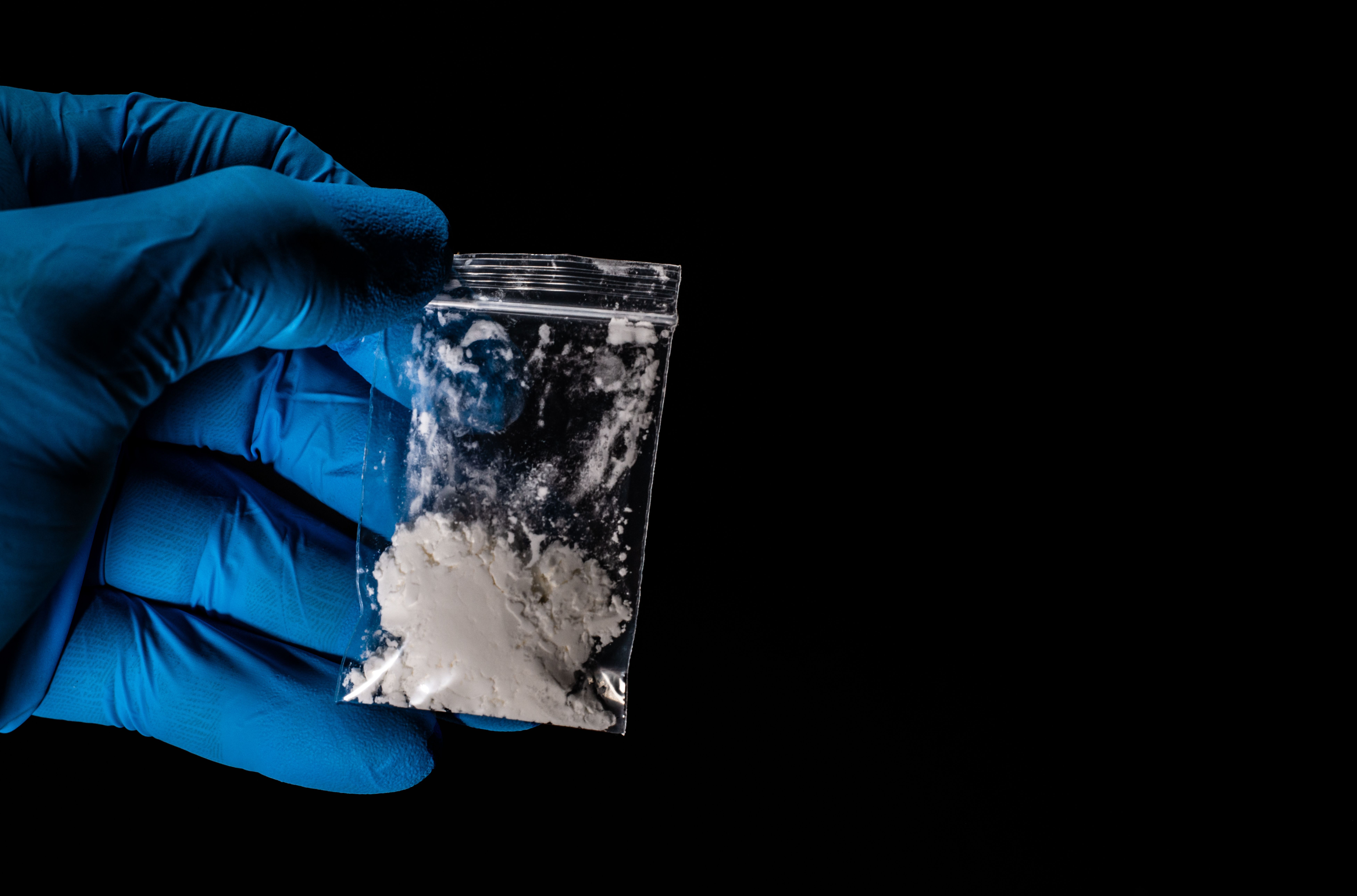Article Highlights
- The United States is still grappling with an opioid epidemic, with fentanyl being a significant contributor to overdose deaths.
- Fentanyl poses a severe risk as it's mixed with other illegal drugs like heroin, methamphetamine, and cocaine, increasing their potency and the likelihood of fatal overdoses.
- Analytical scientists are developing more sensitive technologies like GC–IR analysis to detect fentanyl-related substances.
- Integrating GC–IR analysis significantly improves the accuracy of fentanyl detection, with a 100% identification rate compared to 75% with GC–MS alone.
The United States is still facing an opioid epidemic.
Fentanyl, which is a synthetic opioid normally used to treat pain in patients following surgery, accounted for more than 71,000 of the 107,000 overdose deaths in 2021 (1). However, even though using fentanyl in very small doses and where appropriate could have medical benefits, the drug is currently being produced illegally, added to other various illegal drugs, and trafficked into the U.S. through Mexico (2). When added to other illegal drugs, fentanyl becomes more potent, raising significant risk of fatal interactions, as drug dealers mix the drug with heroin, methamphetamine, and cocaine (2).
Detecting synthetic opioids such as fentanyl have taken on increased importance, and many analytical scientists are working on developing more sensitive technologies to detect these drugs. Recently, a study published in the Journal of Forensic Science explored this very issue. Led by Dr. Jose Almirall from Florida International University (FIU), Almirall and his team describes how using a gas chromatography–infrared (GC–IR) library can identify fentanyl-related substances (FRS) (1).
The study involved seven forensic laboratories and twenty FRS reference materials, which carefully selected based on their presence in the NIST library or they were spectrally similar. The participants in the interlaboratory study were provided with GC–mass spectrometry (GC–MS) and GC–IR libraries supplied by FIU, enabling them to analyze unknown spectra generated from in-house GC–MS and GC–IR analysis (1).
The study revealed just how integral using GC–IR was in improving fentanyl detection. Previous studies on this subject that used GC–MS alone saw laboratories achieve correct identifications approximately 75% of the time (1). However, with the inclusion of GC–IR analysis, the rate of accurate identification skyrocketed to 100%, which demonstrates the invaluable role of GC–IR technology in enhancing forensic analysis, particularly in identifying elusive substances like FRS (1).
Almirall and his team also showed how the GC–IR approach could be used to generate comparison spectra with solid-phase IR analysis. What is notable about this is that one participant in the study demonstrated this despite initial compatibility issues with the vapor phase GC–IR library (1).
However, there’s still more work to be done. From 2020 to 2021, overdose deaths involving opioids rose 38.1%, according to the Centers for Disease Control and Prevention (2). Opioids are 100 times more potent than morphine, small amounts of fentanyl, normally around 2 mg, are enough to result in a fatal overdose (3). Drug cartels and dealers often sell fentanyl by the kilogram, which can, when mixed with other illegal drugs, produce fatal overdoses for 500,000 people (3). With the opioid crisis continuing to ravage communities across the nation, the ability to identify FRS accurately is paramount for law enforcement, healthcare professionals, and policymakers in implementing targeted interventions and saving lives.
References
(1) Ferguson, K.; Perr, J.; Tupik, S.; et al. An Interlaboratory Study to Evaluate the Utility of Gas Chromatography–Mass Spectrometry and Gas Chromatography–Infrared Spectroscopy Spectral Libraries in the Forensic Analysis of Fentanyl-related Substances. J. For. Sci. 2023, 68 (5), 1504–1519. DOI: 10.1111/1556-4029.15306
(2) U.S. Drug Enforcement Agency, Facts About Fentanyl. Available at: https://www.dea.gov/resources/facts-about-fentanyl (accessed 2024-04-02).
(3) Self, M. Police Seize Enough Fentanyl to Potentially Kill More Than Half of Kansas’ Population with Overdoses. Fox 4 KC. Available at: https://fox4kc.com/news/police-seize-enough-fentanyl-to-potentially-kill-more-than-half-of-kansas-population-with-overdoses/ (accessed 2024-04-02).
